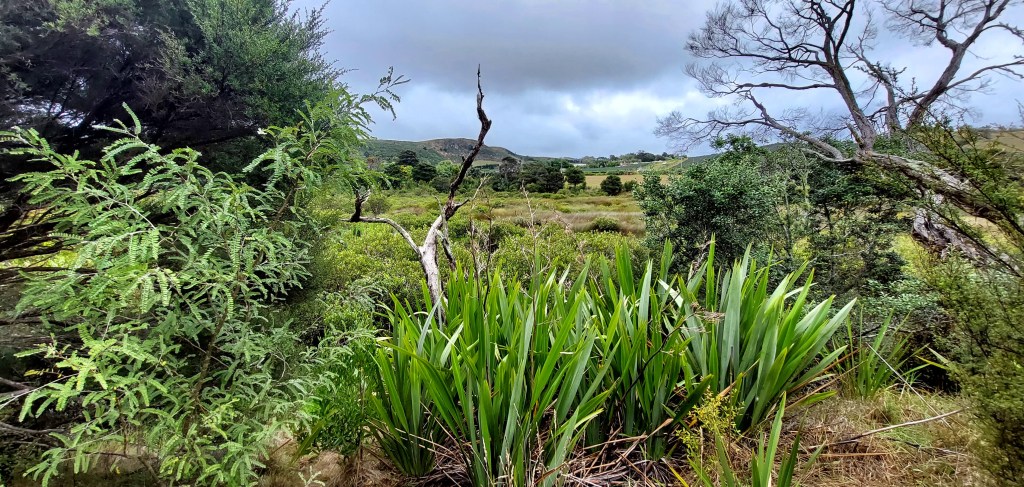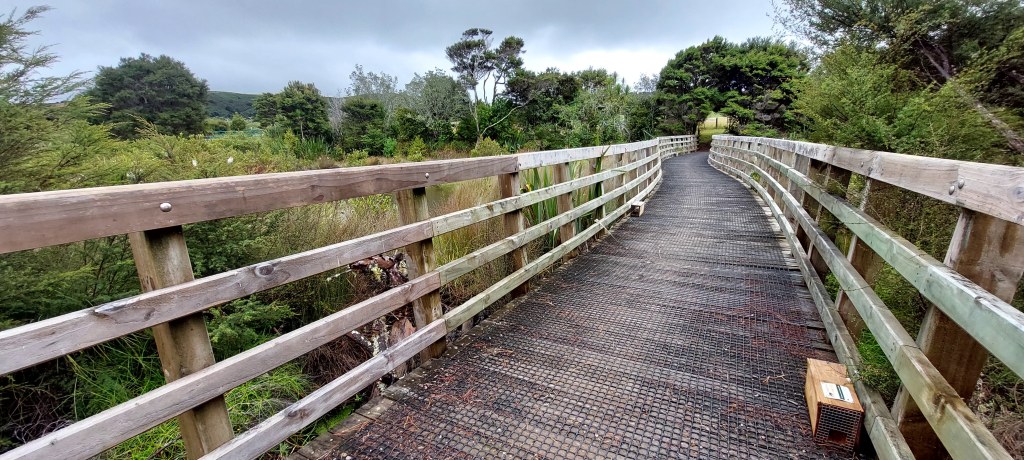
It’s been a while since I’ve had the time and energy to pen a post. But today I was inspired by a public walk I had the opportunity to co-lead as part of Ecofest 2024. Despite the meeting place being advertised as Rangihoua Sports Park, the 2-hr walk circumnavigated one of the few accessible remnant wetlands on Waiheke Island. My colleagues and I talked about birds, restoration, ecology, fish, mangroves, raupo… and more: between us there’s a fair dose of nerdy knowledge, eco-passion and practical conservation experience.
Biking back home to my island digs, disjointed ideas crystallised. Wetlands are complex, multidimensional but so are their contexts. So how can they best be appreciated? Here are 5 perspectives.

1. Appreciate the relationships
There’s a place in the wetland, signposted on a footbridge where the Te Arawa canoe landed from ancestral Hawaiki in the 14thC. The name itself, Te Rangihoua means ‘the day of renewal’ cementing human history into the landscapes, describing how the canoe used a once open stream in the wetland as a place of rest and repair. Further inland, where saline grades to freshwater are swathes of raupō, provider of food and fibre for the earliest island inhabitants. Home to multipurpose harakeke, oil-rich tuna, winged protein, in te ao Māori, wetlands were simultaneously warehouses, markets and medicine cabinets capable of supporting abundant life.

2. Appreciate the bigger picture
Now, landscapes modified by humans reveal stiff competition between needs, wants, values and worldviews. Wetlands typically sit low in the landscape, collecting whatever runs downhill – nutrients, silt, pollutants. As such they’re effective barometers of catchment health. From our vantage point overlooking Rangihoua, we could see roads, a quarry, football fields, wineries, scattered houses and an expansive golf course. There’s also a cemetery, tucked behind vast macrocarpas. Secondary forest covers many of the sloping clay hills, but tall podocarps are conspicuously absent, long since milled into oblivion. Life, death, business, infrastructure and recreation. This is the catchment that feeds and continues to shape the wetland.
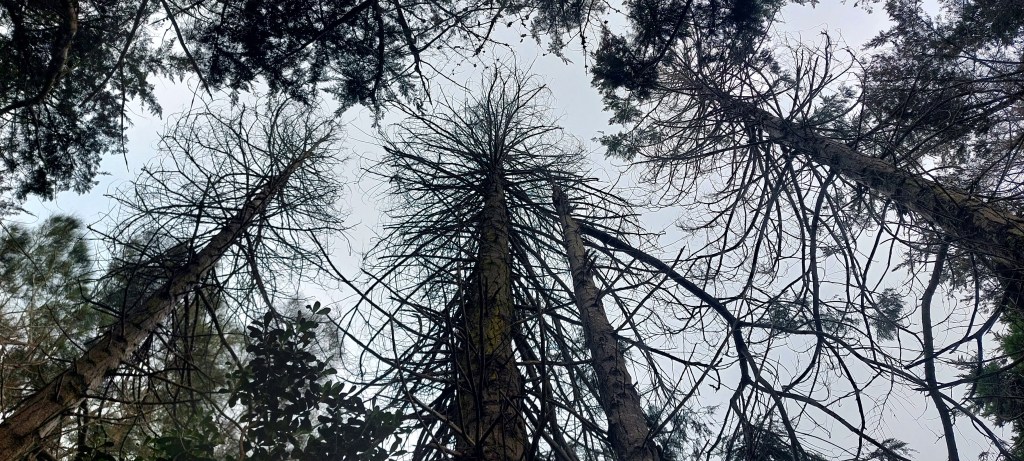
3. Appreciate what you don’t see
But despite centuries of pressure and change, beneath the waters, vital processes continue. Unnoticed and unloved, is the thinnest film of slime coating plant matter, sediment and soil particles. This is the engine room of the wetland where microbial fungi and bacteria work their magic cycling nutrients and stripping pollutants. Measuring these invisible functions is to understand just how effective a wetland is at buffering the effects of surround land uses and protecting the marine environments many wetlands eventually discharge into. This was explained to me by Manaaki Whenua scientist Susan Lambie, whom I had the joy of interviewing for Life in the Shallows. She’s given me a reason to pause and appreciate the inner workings of wetlands, even if unseen.
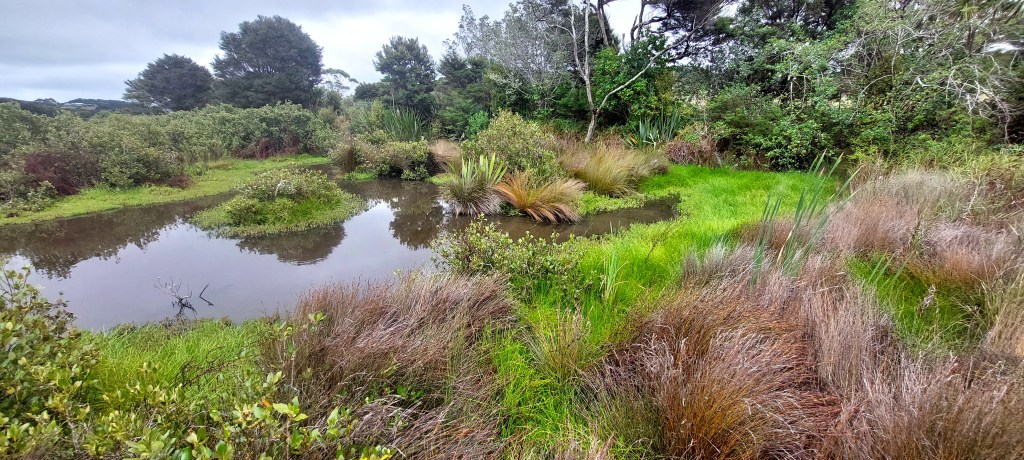
4. Appreciate the details
Although the sound of traffic is seemingly ever present, we paused to take an aural inventory of our surroundings part-way through our wetland circumnavigation. We sat on the ground and listened. We tuned out the traffic and tuned into the distant seagull and nearby cicada, tūī above, wind ruffled foliage, our own breathing and shuffling. We reminded ourselves that connecting to nature takes time and patience.
5. Appreciate these “shy places”
The late Gordon Stephenson, Waikato Farmer, instigator both of the QE2 Trust and the National Wetlands Trust penned a book in the mid-80s describing wetlands as New Zealand’s shy places. It’s an apt description – wetlands don’t easily reveal themselves. They’re often hard to navigate. They’re host to cryptic species – matuku-hūrepo/bittern, pūweto/spotless crake, and moho pererū/banded rail are both rarely seen and becoming rarer. They’re either tucked away or hidden in plain sight, glimpsed from a car window traversing a causeway. Blink and they’re gone.
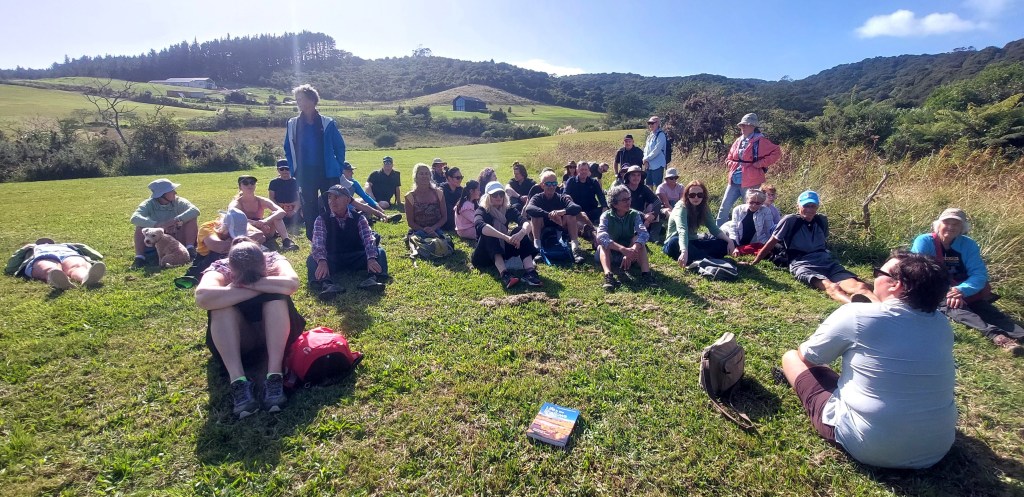
Exploring Rangihoua: there are multiple points where the path around the wetland is accessible from the road, including the Waiheke Museum, Rangihoua Sports Park carpark and corner of Ostend and O’Brien Rd.
Volunteering at Rangihoua: the Waiheke Resources Trust “Love Your Wetlands” initiative provides a wide range of opportunities for restoring wetlands on the island with a major project underway at Rangihoua.
